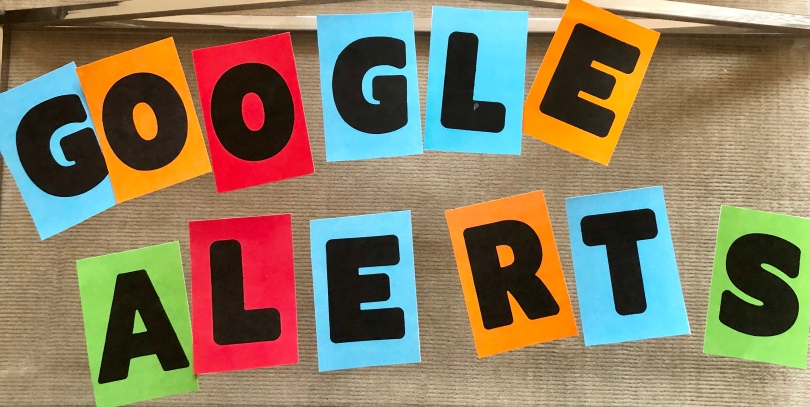Are you seeing your name in lights? …or preceding the coveted “®” symbol for registered trademark? Using your own name as a trademark in business used to be a sacred, absolute right. Although, over time exceptions to the “absolute right” to use your own name as a business trademark increased and broadened (perhaps mirroring a rise in shady, dishonest business deals aimed at deceiving the public). Due to the public’s possible confusion as to the source of branded goods and services, the sacred and absolute right to use your own name as a trademark in business has been watered down… and melted away. Today the right to our your own name as a business trademark depends on what your name is… and who else is already using it in business as a trademark.
McDonald, Ralph Lauren, Marilyn Monroe, Macy and Seinfeld are a few famous names already being used as business trademarks… and even if you have the same name by birth… you may not have any luck using your own name as a trademark for your business.
The USPTO records show that an application for the trademark CHERRY SEINFELD (Serial No. 78163627 for “fruit smoothies and vegetable juices”) was rejected because of possible confusion and presumed association with JERRY SEINFELD. The USPTO rejection states that, “Jerry Seinfeld is so famous that a connection with the goods will be presumed. In this case, the name Jerry Seinfeld points uniquely and unmistakably to Jerry Seinfeld’ s personality.”
(I’ve never heard of anyone checking the USPTO records for trademark availability before naming a child… although if you have a hunch that your offspring is going to hit it big and be a superstar… it might be worth a quick search at www.uspto.gov. I’m kidding… although it couldn’t hurt).
See also, Jerry Seinfeld’s USPTO trademarks Registration Numbers: 3526927, 3526926, 2524199, www.uspto.gov; @iplegalfreebies and www.kasterlegal.com.
BY: Vanessa Kaster, Esq., LL.M.
vk@kasterlegal.com
 Using a “Google Alert” is an easy way to monitor how your trademark, copyright, business name or storybook (ie your intellectual property) is being used or written about on the internet. Google Alerts are FREE and help track the pulse of your online presence.
Using a “Google Alert” is an easy way to monitor how your trademark, copyright, business name or storybook (ie your intellectual property) is being used or written about on the internet. Google Alerts are FREE and help track the pulse of your online presence. issue a new pilot program to allow the identification of goods and services in trademark registrations to be amended due to technology evolution. Many moons ago it was important to have a trademark registration for the sale of music that included the sale of music on cassette tapes. However, today the sale of music on cassette tapes could become obsolete due to the evolution of technology. The sale of music has shifted toward digital formats and streaming services.
issue a new pilot program to allow the identification of goods and services in trademark registrations to be amended due to technology evolution. Many moons ago it was important to have a trademark registration for the sale of music that included the sale of music on cassette tapes. However, today the sale of music on cassette tapes could become obsolete due to the evolution of technology. The sale of music has shifted toward digital formats and streaming services. Beyoncé & Jay-Z’s newborn twins (drum roll) RUMI CARTER & SIR CARTER. The names RUMI CARTER & SIR CARTER were no longer secret after USPTO trademark applications were filed for both names in over a dozen classes of goods and services. The products and services covered in the applications range from baby gear & toys to hair accessories, moisturizers & picture frames to fan clubs, music, movies & video games.
Beyoncé & Jay-Z’s newborn twins (drum roll) RUMI CARTER & SIR CARTER. The names RUMI CARTER & SIR CARTER were no longer secret after USPTO trademark applications were filed for both names in over a dozen classes of goods and services. The products and services covered in the applications range from baby gear & toys to hair accessories, moisturizers & picture frames to fan clubs, music, movies & video games.




